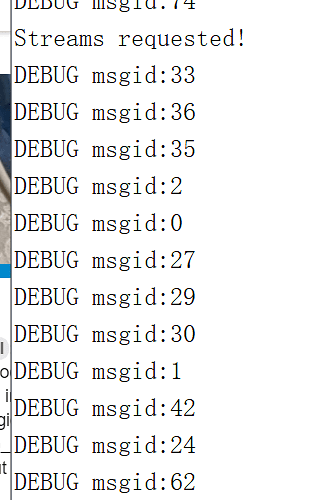Hi @jplopezll,
I having some doubts and need help from everyone. I am building an obstacle avoidance system for F450 quadcopter by using hc-sr04 ultrasonic sensor. The arduino UNO TX is connect to RX telem2 pixhawk 2.4.8. It seem like there is no function to the pitch and roll. I was wondering there are some problem in my coding. Below are the code to connect arduino with MAVlink. Thanks.
void FHeartBeat() {
mavlink_message_t msg;
uint8_t buf[MAVLINK_MAX_PACKET_LEN];
uint16_t len;
// System ID = 255 = GCS
mavlink_msg_heartbeat_pack(1, 0, &msg, MAV_TYPE_QUADROTOR, MAV_AUTOPILOT_GENERIC, 0, 1, 0);
// Copy the message to send buffer
len = mavlink_msg_to_send_buffer(buf, &msg);
// Send the message (.write sends as bytes)
Serial.write(buf, len);
//Serial.write("\n\rHeartBeat\n\r");
}
void RCOverride(mavlink_message_t *msg, uint16_t len, uint8_t *buf, uint16_t PitchOut, uint16_t RollOut) {
//Pack and send the calculated Pitch and Roll data. Only send if the data is new
mavlink_msg_rc_channels_override_pack(1, 0 , msg, 1, 0, RollOut, PitchOut, 0, 0, 0, 0, 0, 0);
len = mavlink_msg_to_send_buffer(buf, msg);
Serial.write(buf, len);
Serial.print("\n\rPitch: “);
Serial.print(PitchOut);
Serial.print(”,");
Serial.print(" Roll: ");
Serial.print(RollOut);
}
 can you please elaborate more on how to send statustext message and how it is directed to system id?
can you please elaborate more on how to send statustext message and how it is directed to system id?
